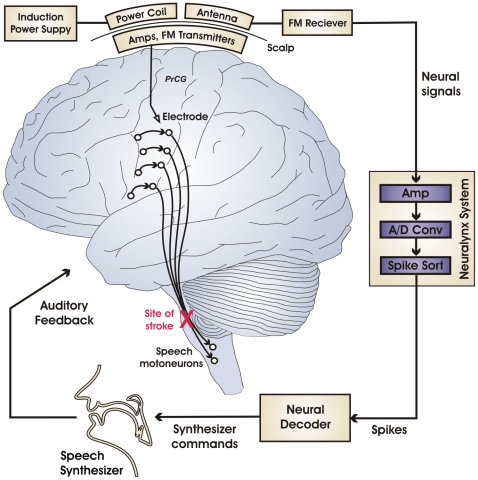Figure 1. Schematic of the brain-machine interface for real-time synthetic speech production.
Black circles and curved arrows represent neurons and axonal projections, respectively, in the neural circuitry for speech motor output. The volunteer's stroke-induced lesion in the efferent motor pathways (red X) disconnects motor plans represented in the cerebral cortex from the speech motoneurons, thus disabling speech output while sparing somatic, auditory, and visual sensation as well as speech motor planning centers in cerebral cortex. Signals collected from an electrode implanted in the subject's speech motor cortex are amplified and sent wirelessly across the scalp as FM radio signals. The signals are then routed to an electrophysiology recording system for further amplification, analog-to-digital conversion, and spike sorting. The sorted spikes are sent to a Neural Decoder which translates them into commands for a Speech Synthesizer. Audio signals from the synthesizer are fed back to the subject in real time. [Abbreviation: PrCG = precentral gyrus.]

